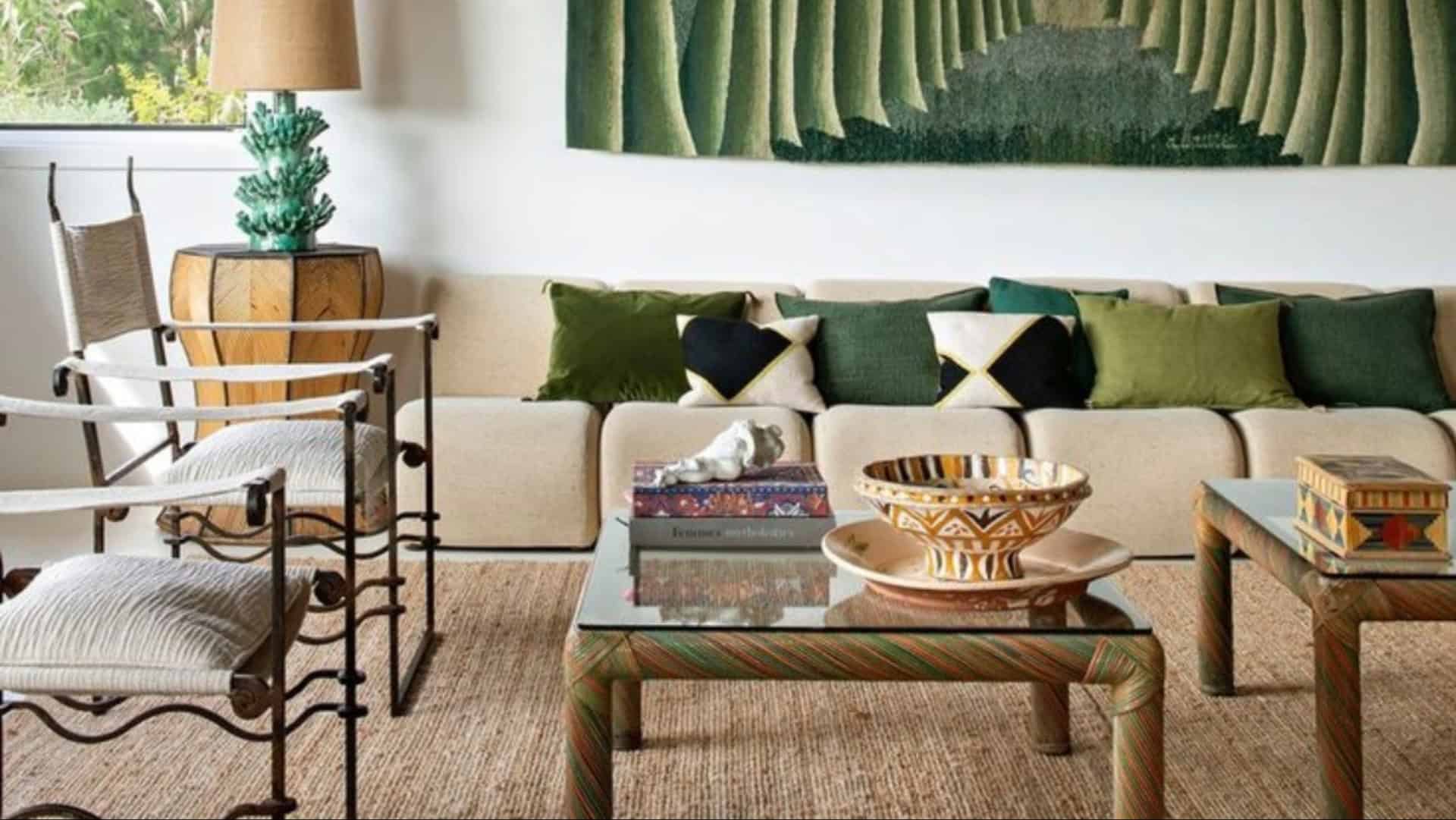Rug coordination is an essential part of interior design, offering opportunities to enhance the visual appeal and functionality of a space.
When incorporating more than one rug, understanding how to coordinate them can elevate your home’s style.
Whether dealing with small interiors or selecting complementary types, the right choices can transform a room.
This guide offers insights and actionable tips to ensure your rugs are not only beautiful but also harmonious with your overall decor.
1. Layering Rugs

Layering rugs can add depth and texture to your space. Start with a neutral base rug and layer a smaller, patterned rug on top.
This combination creates visual interest without overwhelming the room. In smaller spaces, this technique can define areas, like a reading nook.
Ensure the colors complement each other for a cohesive look.
Experimenting with different textures can also provide a tactile element, making the room feel more inviting.
2. Eco-Friendly Rug Choices
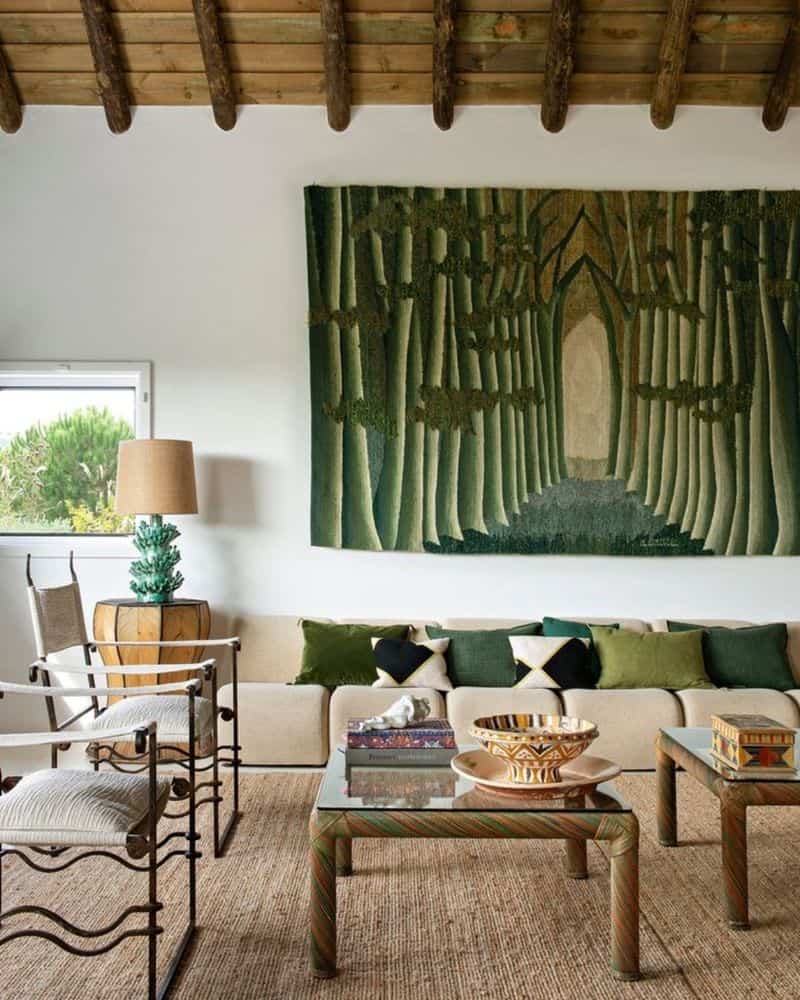
Eco-friendly rugs are perfect for the environmentally conscious homeowner. Choose rugs made from sustainable materials like jute or bamboo.
These options are not only good for the planet but also stylish. In smaller spaces, a natural fiber rug can add warmth without overpowering.
Highlight their eco-friendly nature by pairing with plants or recycled decor. This choice reflects a commitment to sustainability while enhancing your home’s look.
3. Color Coordination
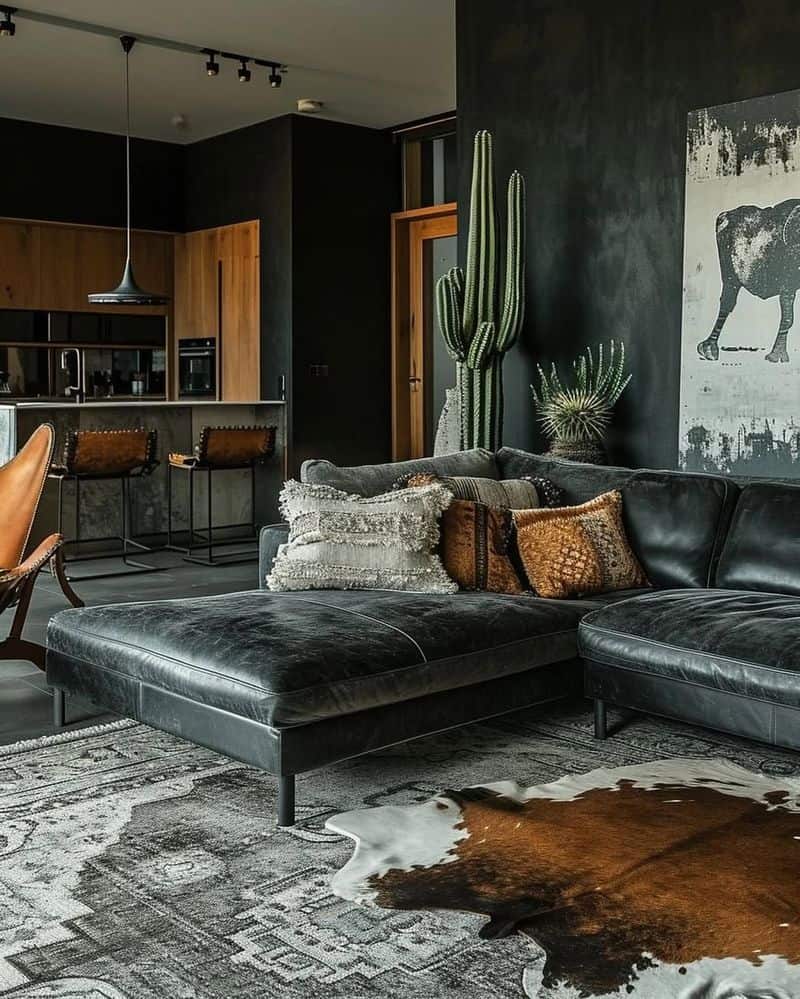
Choosing the right rug colors can tie your room together. Opt for shades that complement your existing color scheme.
If your furniture is neutral, use rugs to introduce vibrant colors. Conversely, in a colorful space, a neutral rug can offer balance.
Color coordination ensures your rugs enhance rather than clash with your decor.
Consider using a color wheel to find harmonious combinations, making the selection process easier.
4. Budget-Friendly Options

Decorating on a budget doesn’t mean sacrificing style. Affordable rugs in trendy patterns can transform a room.
Look for sales or consider second-hand options for unique finds. In small interiors, a well-chosen budget rug can serve as the perfect statement piece.
Mix and match with other cost-effective decor to create a cohesive look.
Budget-friendly choices make stylish design accessible to everyone, proving that great taste doesn’t require a big spend.
5. Mixing Patterns
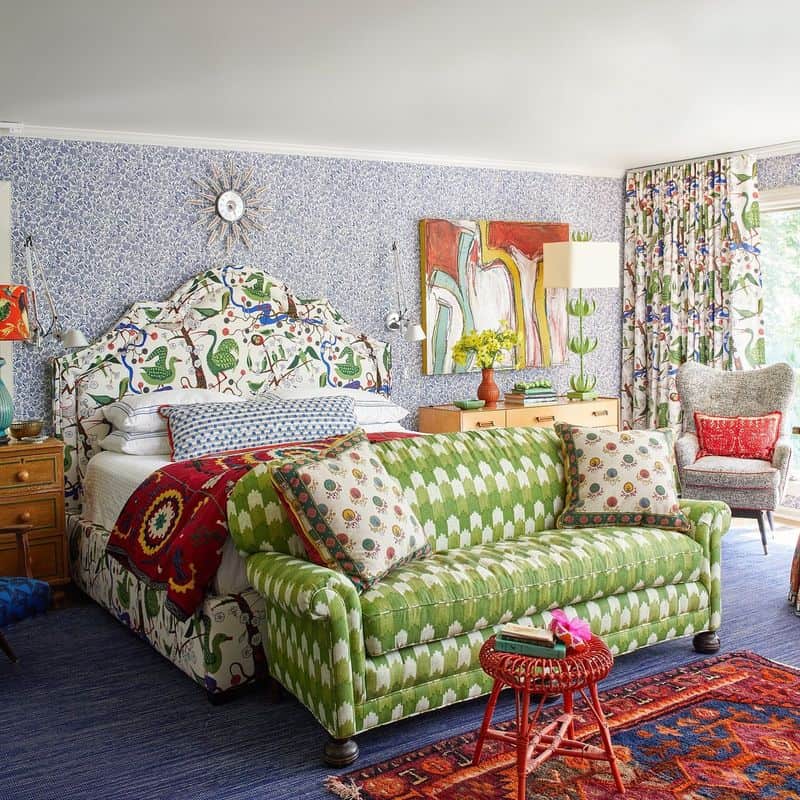
Mixing patterns can be bold and stylish when done right. Use different patterns in similar color palettes to avoid clashing.
Start with a dominant pattern and pair it with a subtler one. In smaller spaces, patterns can make the room look busy, so moderation is key.
When mixing, keep the rest of the decor simple to allow your rugs to shine. This approach adds a personal touch to your space, reflecting your unique style.
6. Rug Sizes and Proportions
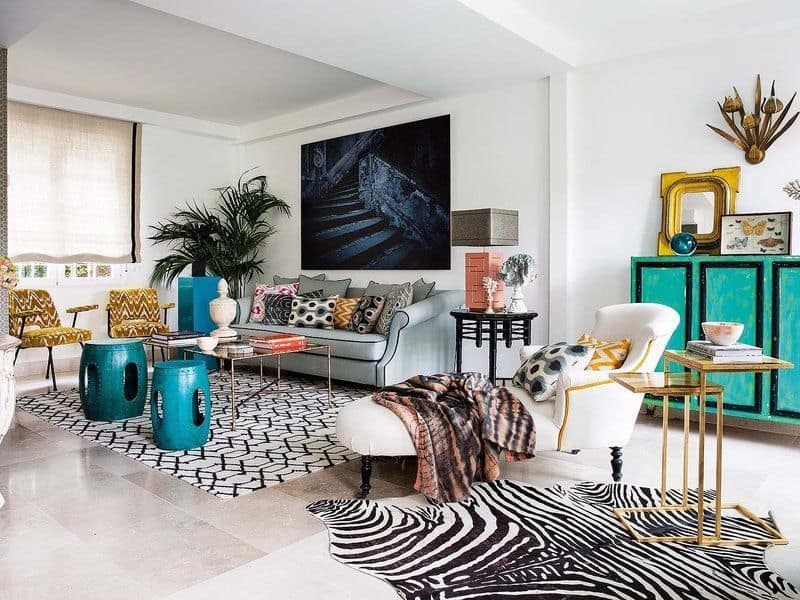
Selecting the right rug size is crucial for balance and proportion. Measure your space and choose a rug that fits comfortably under your furniture.
In small interiors, a large rug can make the room appear larger. Conversely, small rugs in a large room may fragment the space.
Proportional rugs create harmony, ensuring the room feels well-planned.
Always leave some flooring visible around the rug’s edges for a polished look.
7. Texture Contrast
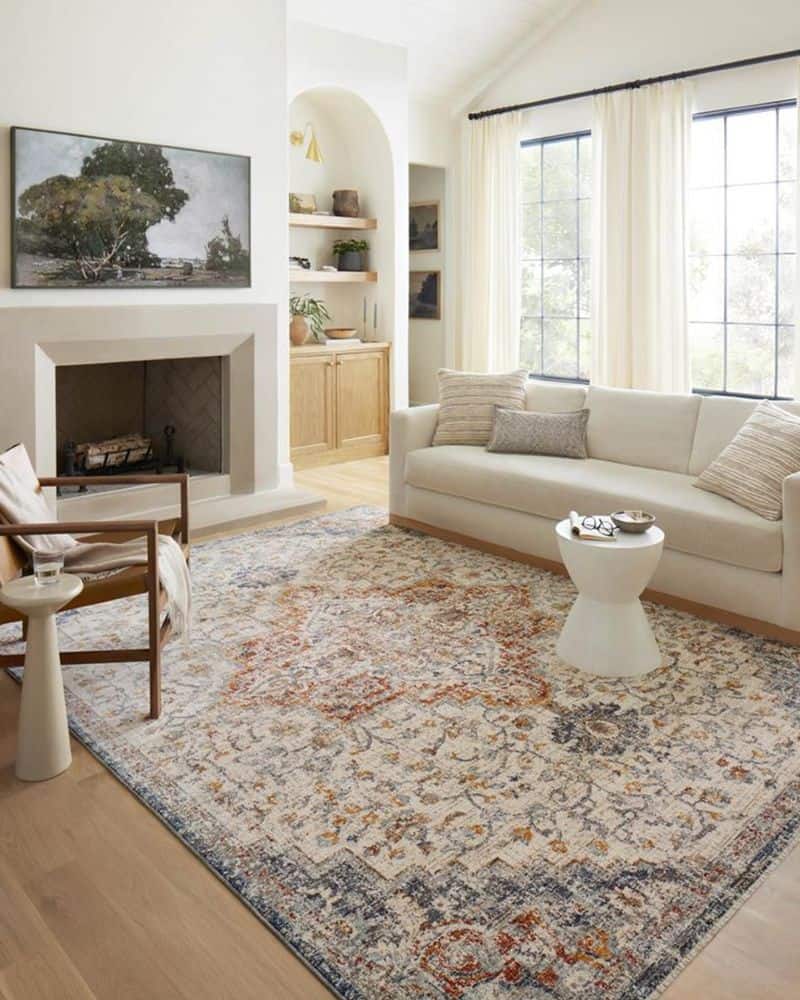
Playing with texture can elevate your rug coordination game. Combining smooth and fluffy textures adds layers of interest to a room.
In a minimalist setting, a textured rug can be the focal point, providing warmth.
Contrast between textures should be balanced to avoid overwhelming the senses.
Use rugs to highlight other textures in the room, such as wooden furniture or metal accents, creating a harmonious environment.
8. Using Rugs as Art
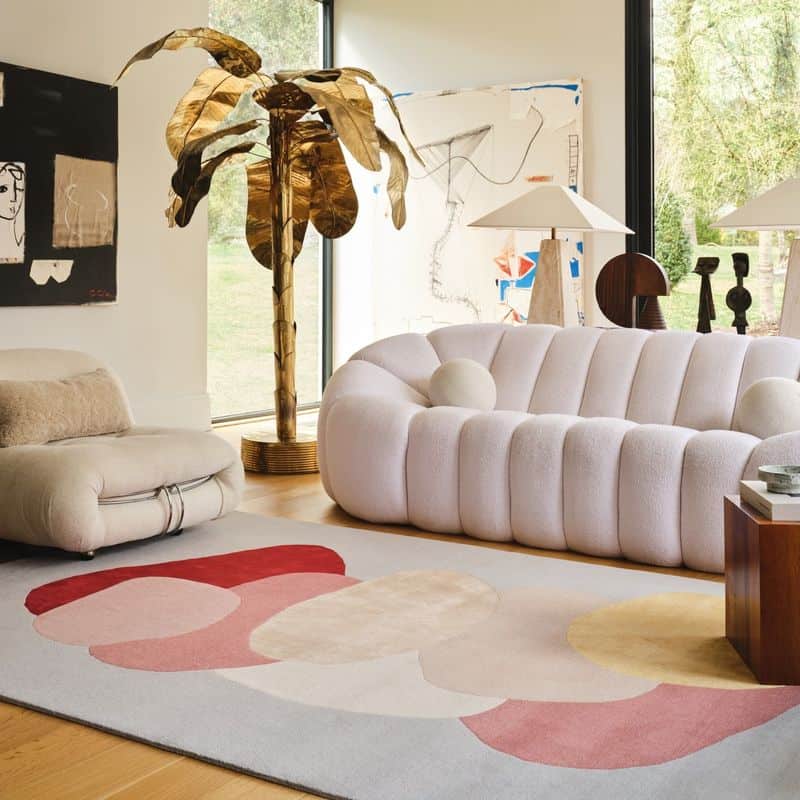
Rugs can be more than floor coverings – they can double as art.
An artistic rug draws the eye and showcases intricate designs.
Choose rugs with standout patterns or colors for maximum impact. This unconventional use highlights your creativity and elevates the room’s aesthetic.
9. Rug Placement
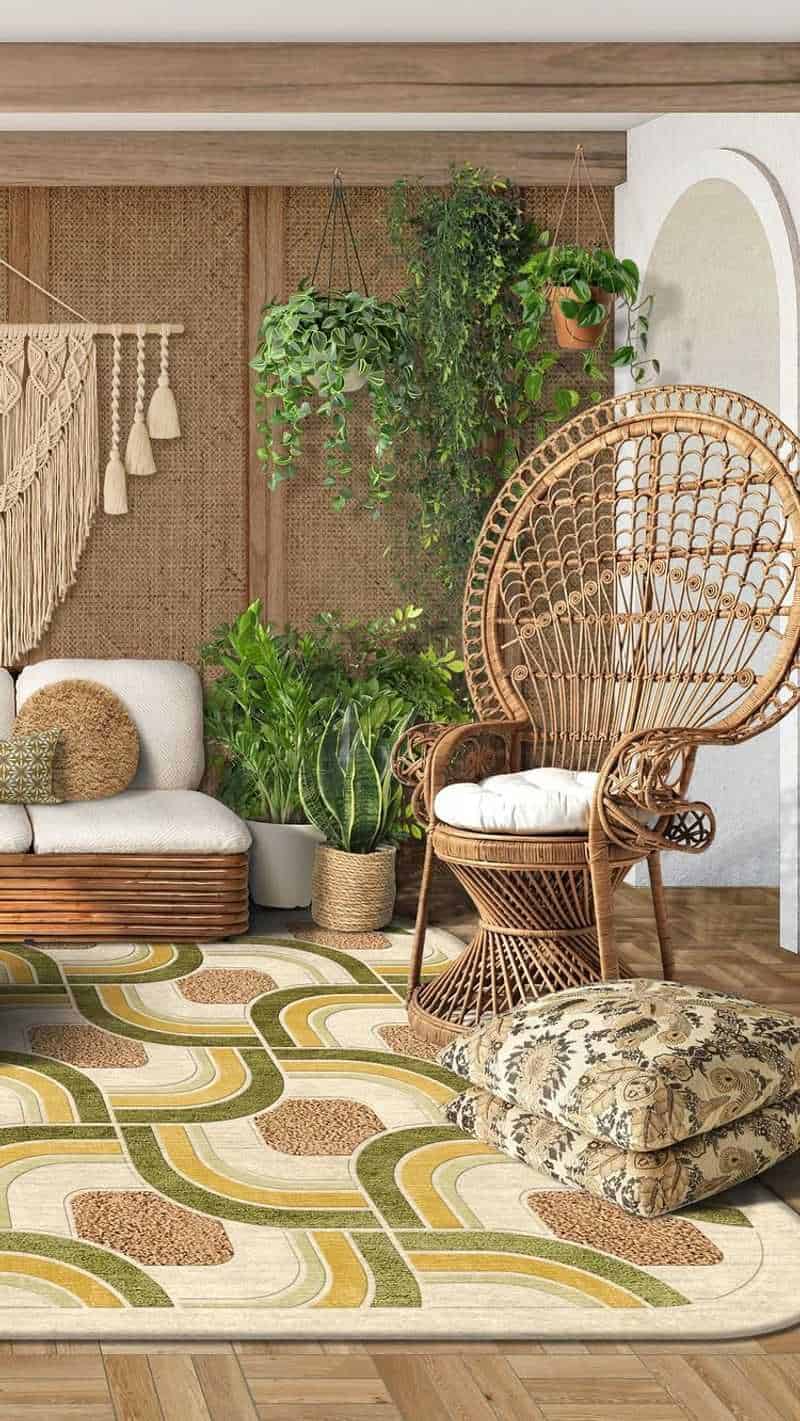
Rug placement is key to defining areas within a room. Use rugs to anchor furniture, such as placing one under a coffee table or desk.
This defines space and creates order. In multi-functional spaces, rugs can delineate different zones, like a dining area in an open-plan living room.
Placement impacts flow, so ensure rugs guide movement naturally. Proper placement makes your room feel intentional and organized.
10. Complementary Styles
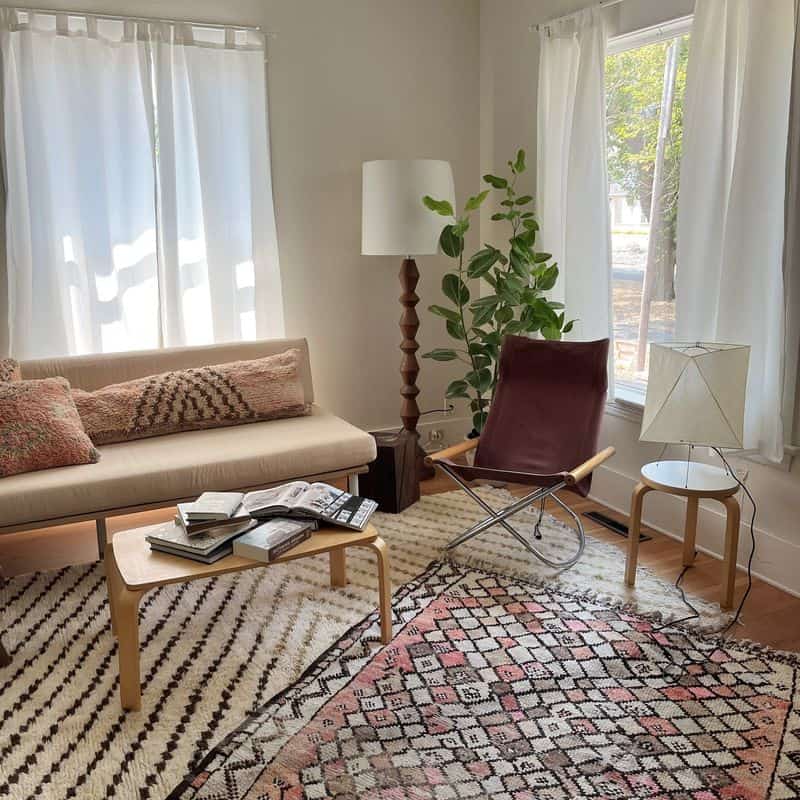
Balancing different styles can be challenging but rewarding. Match traditional and modern rugs by finding common elements, such as color or pattern.
This creates a cohesive look while allowing your personality to shine.
In small interiors, stick to a limited style palette to avoid a cluttered look. Complementary styles ensure your rugs contribute to a unified decor.
This approach offers flexibility and showcases your design skills.

